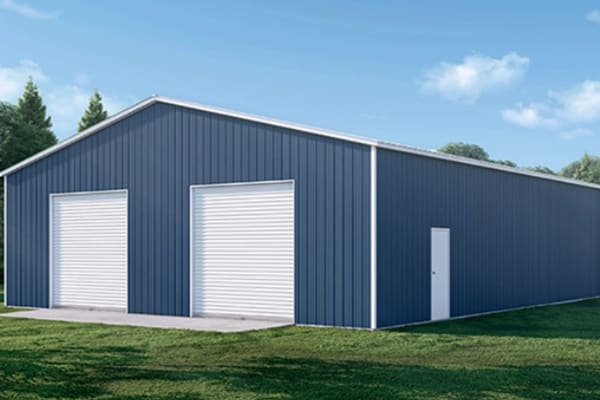Prefab metal buildings are becoming increasingly popular due to their durability, cost-efficiency, and versatility. These structures are commonly used for commercial, industrial, and residential purposes. One key factor that attracts individuals and businesses to choose prefab metal buildings is the relatively short construction time compared to traditional brick-and-mortar buildings. But how long does it take to build a prefab metal building? This article explores the various stages involved and the factors that influence the construction timeline.
Understanding the Prefabrication Process
The term “prefab” refers to prefabrication, a process where building components are manufactured off-site and then transported to the construction site for assembly. In the case of metal buildings, the framework, walls, roof panels, and other structural components are fabricated in a factory under controlled conditions. Once these elements are complete, they are shipped to the site where they are assembled.
The prefabrication process typically takes between a few weeks to a couple of months, depending on the complexity of the design, the size of the building, and the workload of the manufacturer. For smaller structures, the prefabrication time can be as short as two weeks, while larger and more complex buildings may require up to 12 weeks.
Factors Influencing Construction Time
Several factors can affect the total time required to complete a prefab metal building. These include:
- Building Size and Complexity
Larger buildings with more intricate designs naturally require more time to fabricate and assemble. A simple warehouse structure may take much less time compared to a multi-story commercial building with additional features like windows, insulation, or mezzanines. - Design Customization
If the building has custom design requirements, such as unique layouts, special materials, or modifications to standard features, it may extend the manufacturing time. Standard prefab designs can be manufactured and assembled much more quickly, while custom designs might take a few more weeks for detailed engineering and production. - Site Preparation
The state of the construction site also plays a crucial role in the overall timeline. Before assembly begins, the foundation needs to be laid, and the site must be leveled and cleared. Depending on the condition of the land, site preparation can take anywhere from a few days to several weeks. Complex site conditions, such as difficult terrain or poor soil quality, can add additional time to the process. - Permitting and Approvals
Another potential delay comes in the form of obtaining the necessary building permits and approvals from local authorities. This can vary significantly depending on the location and the type of building. In some areas, permits can be obtained quickly, while in others, the approval process may take weeks or even months. - Weather Conditions
While prefab buildings are less affected by weather delays compared to traditional construction methods, extreme weather conditions can still slow down the assembly process. Heavy rain, snow, or high winds can make it difficult or unsafe for workers to complete the installation. However, since much of the fabrication occurs off-site in a controlled environment, weather has less impact on the total timeline.
General Timeline for Construction
Once the prefabrication process is complete and all necessary components have been shipped to the site, the actual assembly typically takes a relatively short amount of time. For small to medium-sized metal buildings, the on-site construction can be completed in as little as a few days to two weeks. Larger and more complex buildings might take between one and three months to assemble, depending on the size, complexity, and site conditions.
For example, a simple 30×40-foot metal workshop may take less than two weeks to assemble, including the installation of walls, roofing, and doors. In contrast, a 100,000-square-foot industrial building could take several months from start to finish.
Conclusion
In summary, the time it takes to build a prefab metal building can range from just a few weeks to several months, depending on factors such as building size, design complexity, site preparation, and weather conditions. Prefab metal buildings offer a quicker and more streamlined construction process compared to traditional building methods, making them an attractive option for many types of projects. While it’s difficult to provide an exact timeline without knowing the project’s specific details, the flexibility and efficiency of prefab metal construction often make it a faster and more cost-effective choice.
Post time: Sep-12-2024






